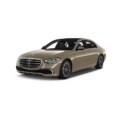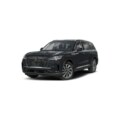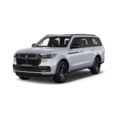- Home
- Mercedes Benz
- Mercedes-Benz Sprinter
Mercedes-Benz Sprinter
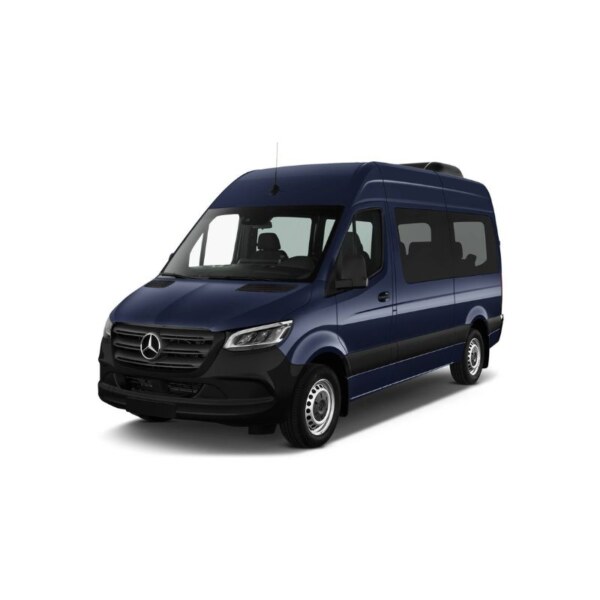

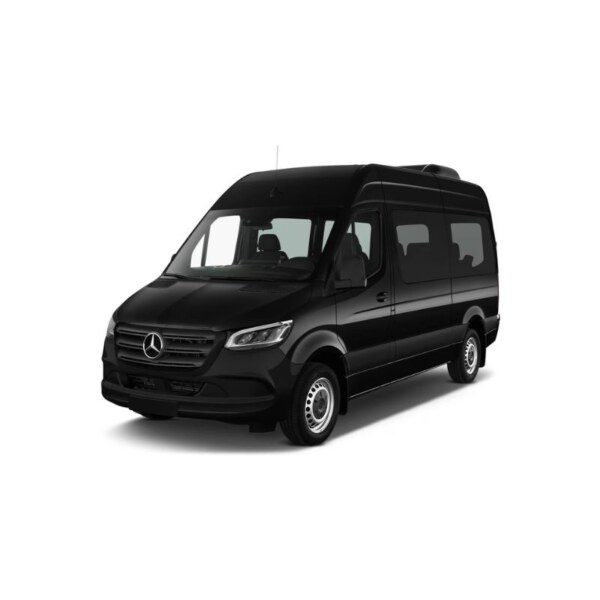
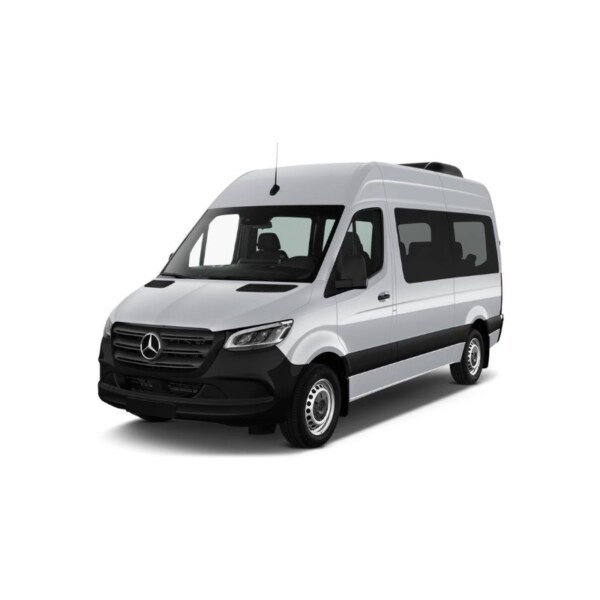
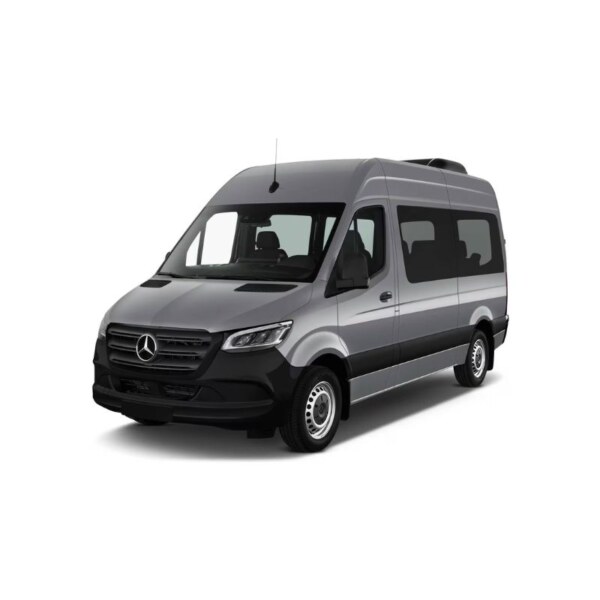


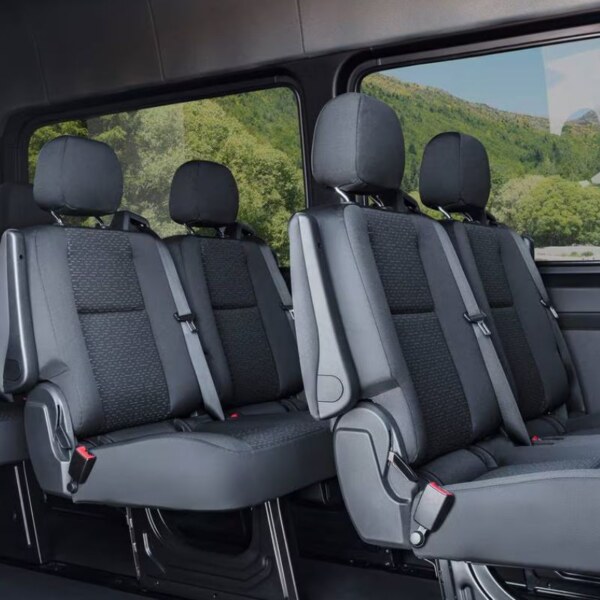
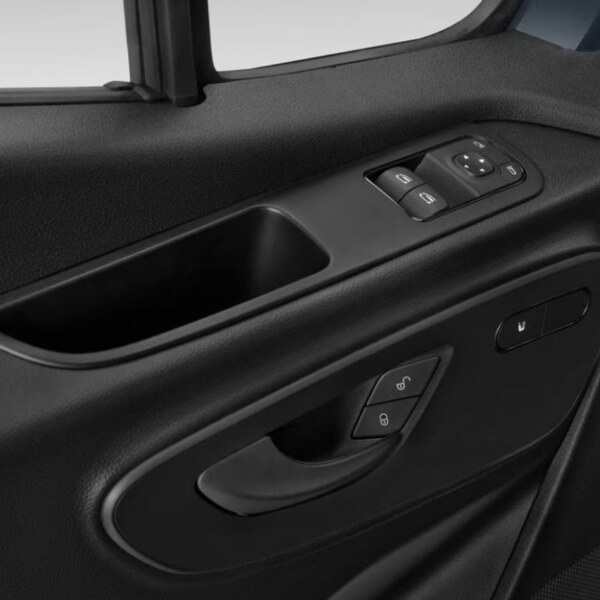

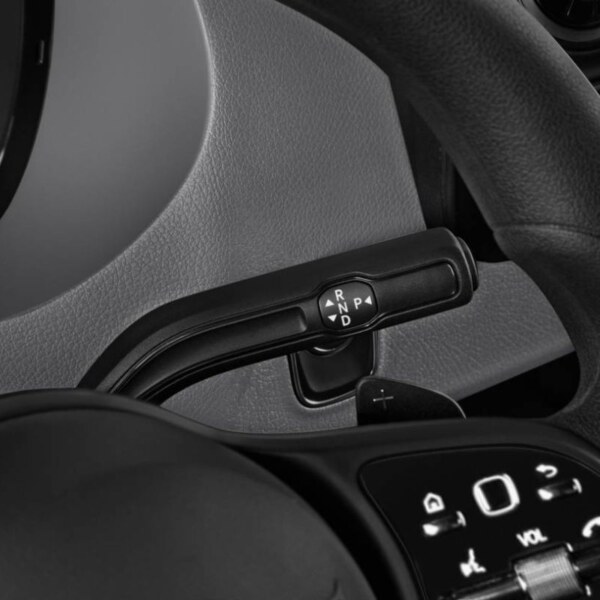

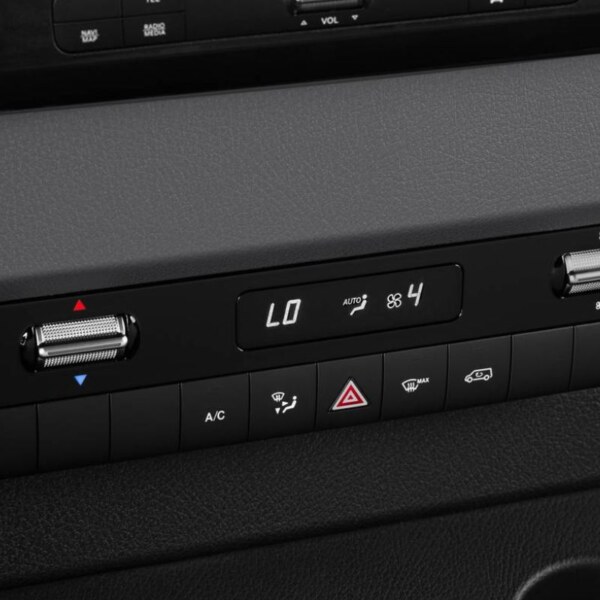
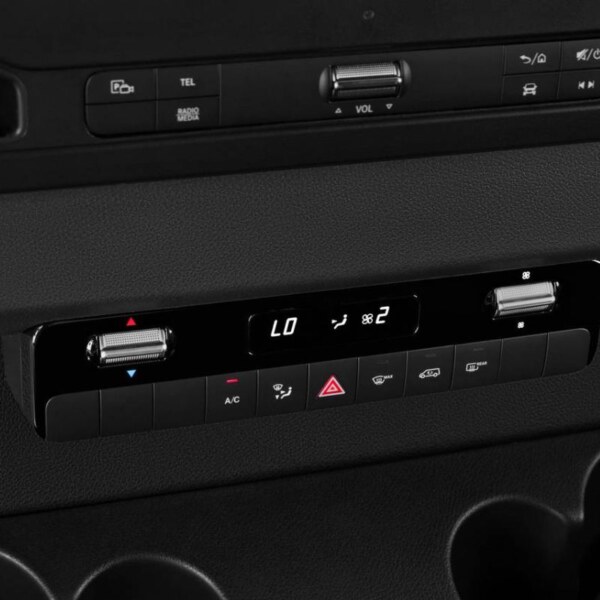
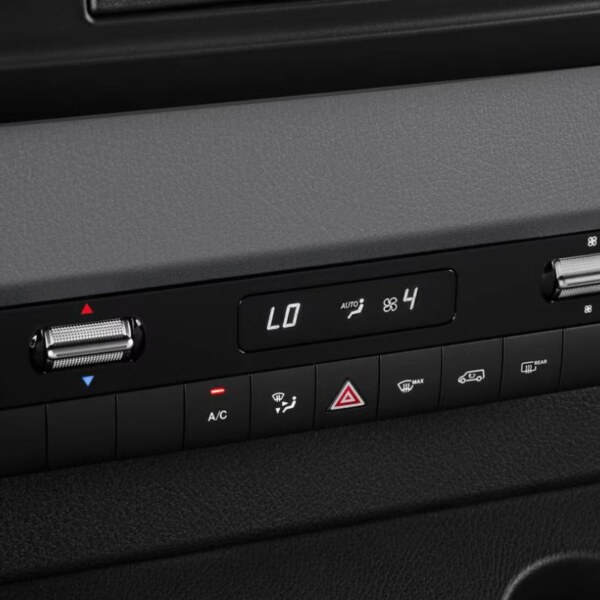
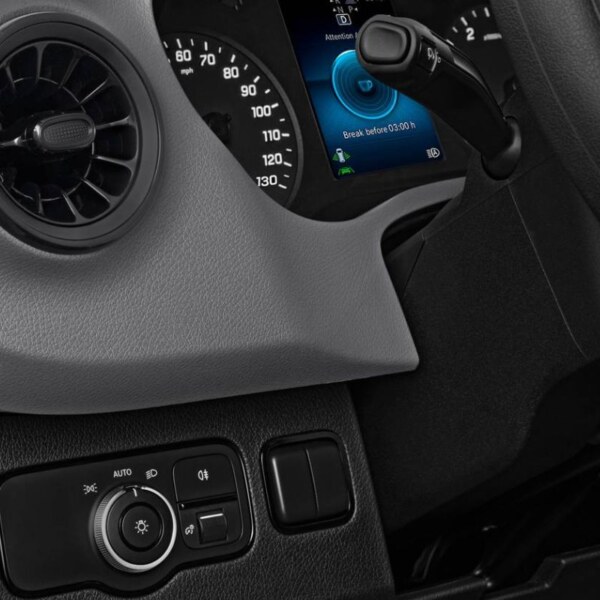
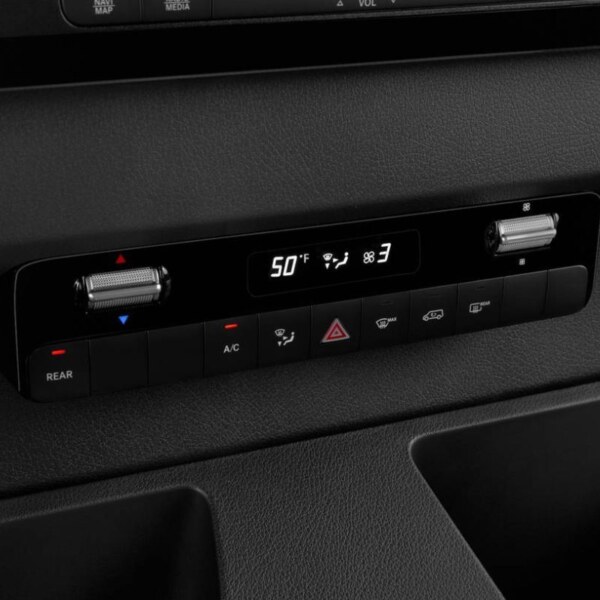
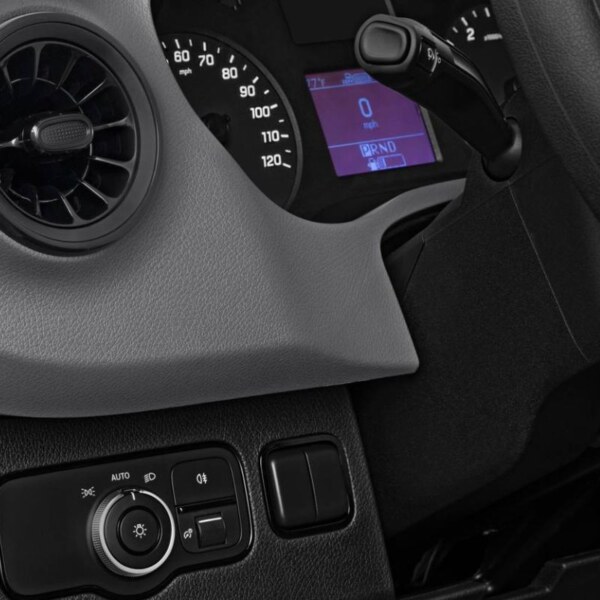
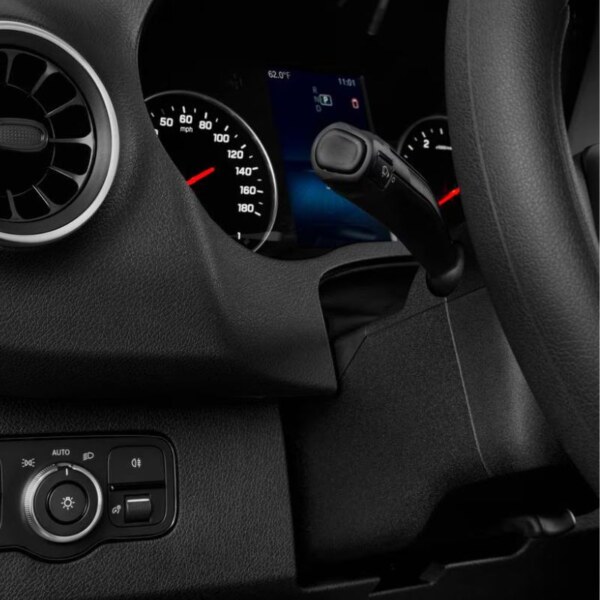
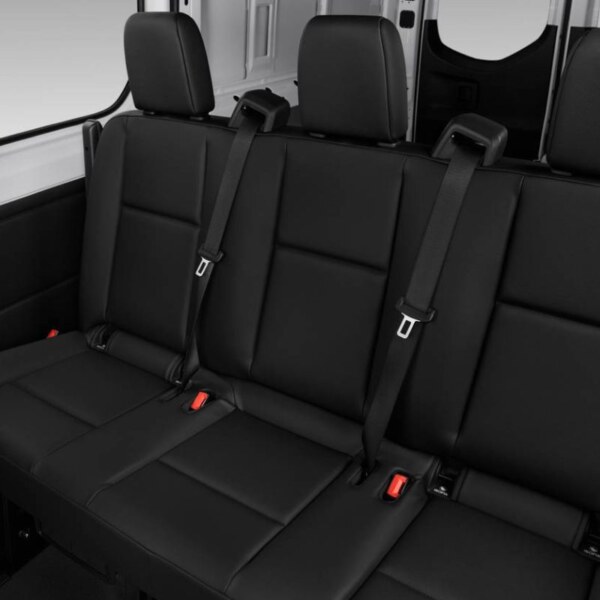
Specifications
Overview
| Models Car models are the different versions or designs of cars made by a manufacturer, each with unique features, styles, and configurations. | 2500 144" WB Cargo |
| Year typically refers to the model year of a vehicle, which indicates its design and production cycle rather than the actual manufacturing date. | 2025 |
| Drive Type A car's drive type refers to which wheels receive power from the engine. For example, front-wheel drive (FWD) powers the front wheels, rear-wheel drive (RWD) powers the rear, and all-wheel drive (AWD) or four-wheel drive (4WD) power all four wheels. | rear wheel drive |
| Total Seating Car total seating refers to the maximum number of passengers a car can accommodate, including the driver. | 2 |
| Cargo Capacity Car cargo capacity is the measurement of the space available in a vehicle for storing items, typically given in cubic feet or liters. | 319.0 cu.ft. |
| Curb Weight Car curb weight is the weight of a vehicle with all standard equipment, fluids, and a full tank of fuel, but without passengers or cargo. | 4,839 lbs. |
| Basic Warranty A Basic Warranty is a manufacturer’s promise to repair or replace parts of a product if they prove defective within a specified period. | 3 yr./ 36,000 mi. |
| Dealerships Car dealerships are businesses that sell new or used vehicles directly to consumers, often providing financing, trade-ins, and maintenance services. |
2411 S Federal Hwy, Fort Lauderdale, FL 33316, United States |
Fuel & MPG / Battery & Range
| Fuel type Fuel type refers to the kind of energy source used to power an engine or appliance, such as gasoline, diesel, electricity, or alternative fuels. | Diesel fuel |
| Range in miles (city/hwy) Car range refers to the distance a vehicle can travel on a full tank of fuel (or a full battery charge) and is usually measured separately for city driving—which often gives a lower range due to stop-and-go traffic—and highway driving, where steady speeds generally result in a higher range. | 0/0 mi. |
| Fuel tank capacity A car's fuel tank capacity is the maximum amount of fuel it can hold, usually measured in liters or gallons. | 24.5 gal. |
Engine
| Base engine size The car’s base engine size usually refers to its engine displacement, which is the total volume of all the cylinders (measured in liters or cubic centimeters). | 2.0 L |
| Cylinders Car cylinders are the chambers in an engine where the combustion of fuel occurs, driving pistons to create mechanical power. | Inline 4 |
| Base engine type A car’s base engine type refers to its fundamental design—typically the configuration (like inline, V-type, or boxer) and the fuel it uses (gasoline, diesel, etc.). | Diesel |
| Horsepower Car horsepower is a unit of power that measures how much work an engine can perform, with one horsepower roughly equal to 746 watts. | 170 hp @ 3,800 rpm |
| Torque Car torque is a measure of the engine's twisting force, indicating its ability to accelerate the vehicle and overcome resistance. | 295 lb-ft @ 1,400 rpm |
| Valves Car valves are engine components that control the intake of air and fuel and the exhaust of combustion gases. | 16 |
| Cam type generally refers to the configuration of an engine’s camshaft(s). For example, engines can have a single overhead cam (SOHC) or dual overhead cam (DOHC) layout, each affecting valve timing and engine performance differently. | Double overhead cam (DOHC) |
| Direct injection Direct injection is a fuel system that injects fuel directly into the engine’s combustion chamber, which improves efficiency, power, and fuel economy. | Standard |
Towing & Hauling
| Max Towing Capacity | 5,000 lbs. |
| Max Payload Capacity | 4,211 lbs. |
Drivetrain
| Transmission A car transmission is the system that transfers power from the engine to the wheels, using different gear ratios to control speed and torque. | 9-speed shiftable automatic |
| Drive Type A car's drive type refers to which wheels receive power from the engine. For example, front-wheel drive (FWD) powers the front wheels, rear-wheel drive (RWD) powers the rear, and all-wheel drive (AWD) or four-wheel drive (4WD) power all four wheels. | Rear wheel drive |
Suspension
| Four-wheel independent suspension | Standard |
| Front and rear stabilizer bar | Standard |
Dimensions
| Length | 233.5 in. |
| Overall width with mirrors | 92.3 in. |
| Overall width without mirrors | 79.5 in. |
| Height | 96.3 in. |
| Wheelbase A car's wheelbase is the distance between the centers of its front and rear wheels. | 144.0 in. |
| Cargo capacity, all seats in place | 319.0 cu.ft. |
| Maximum payload | 4,211 lbs. |
| Maximum cargo capacity | 319.0 cu.ft. |
| Turning circle The car turning circle is the smallest circular path a vehicle can complete, reflecting its maneuverability. | 40.7 ft. |
| Curb Weight Car curb weight is the weight of a vehicle with all standard equipment, fluids, and a full tank of fuel, but without passengers or cargo. | 4,839 lbs. |
| Maximum towing capacity | 5,000 lbs. |
| Gross weight Car gross weight is the total weight of the vehicle including passengers, cargo, fuel, and all additional equipment. | 9,050 lbs. |
| Country of final assembly A car’s country of final assembly is the nation where the vehicle is put together into its final form, regardless of where its parts were produced. | Germany/United States |
Front Seat Dimensions
| Front head room | 47.3 in. |
| Front leg room | 38.9 in. |
| Front shoulder room | 67.4 in. |
| Front hip room | 63.7 in. |
| Cloth | Standard |
| Bucket front seats | Standard |
| 6-way power passenger seat | Standard |
| 8-way manual passenger seat adjustment | Standard |
Rear Seat Dimensions
| Reclining rear seats | N/A |
In-Car Entertainment
| Total speakers | 5 |
Power Feature
| Heated mirrors | Standard |
Instrumentation
| Trip computer | Standard |
| Tachometer | Standard |
| Clock | Standard |
Tires & Wheels
| Tires Size | LT245/75R16 |
| Wheels Size | 16 x 6.5 |
| Steel wheels | Standard |
| All season tires | Standard |
Telematics
| Emergency Service | Standard |
| Airbag Deployment Notification | Standard |
| Vehicle Alarm notification | Standard |
| Stolen Vehicle Tracking/Assistance | Standard |
| Roadside Assistance | Standard |
Warranty
| Basic | 3 yr./ 36,000 mi. |
| Drivetrain | 5 yr./ 100,000 mi. |
| Rust | 5 yr./ 100,000 mi. |
PROS
- Exceptional Cargo Space: Offers a generous 319 cu.ft. cargo volume, ideal for commercial use or heavy hauling.
CONS
- Limited Seating: Only accommodates 2 passengers, which may not suit teams or passenger transport needs.
The Mercedes-Benz Sprinter 2500 144″ WB Cargo Van offers 170 hp from a 2.0L diesel engine, a massive 319 cu.ft. cargo space, and up to 4,211 lbs. payload capacity. With rear-wheel drive, a 9-speed automatic transmission, and a towing limit of 5,000 lbs., it’s built for business, long hauls, and serious work, all backed by a 3-year/36,000-mile warranty.
Your question is: Mercedes-Benz Sprinter 2500 144″ WB Cargo?
Which question will you have about this car? Let’s justify these. There, we are including the major questions and answers about this car. So, let’s start now.
The 2025 Mercedes-Benz Sprinter 2500 can tow up to 5,000 pounds, making it suitable for hauling trailers or equipment.
It provides 319.0 cubic feet of cargo capacity, allowing ample room for tools, supplies, or delivery goods.
The van is powered by a 2.0-liter inline-4 turbo diesel engine, producing 170 horsepower and 295 lb-ft of torque.
This version includes 2 seats, designed for a driver and one passenger.
It features a 24.5-gallon diesel fuel tank, suitable for long-haul operations.
Yes, it comes standard with a rear-wheel drive layout for enhanced towing and load distribution.
